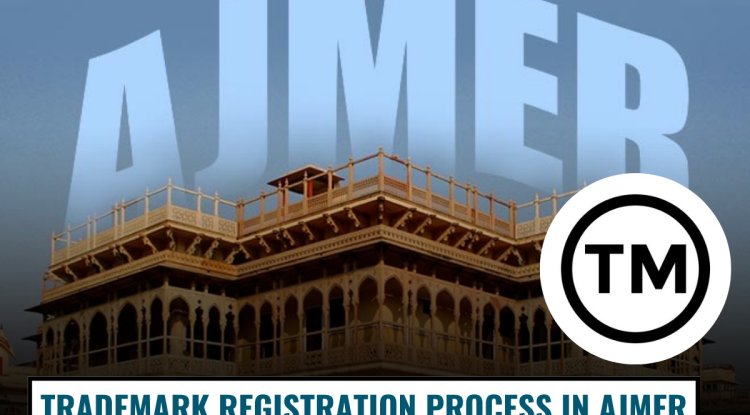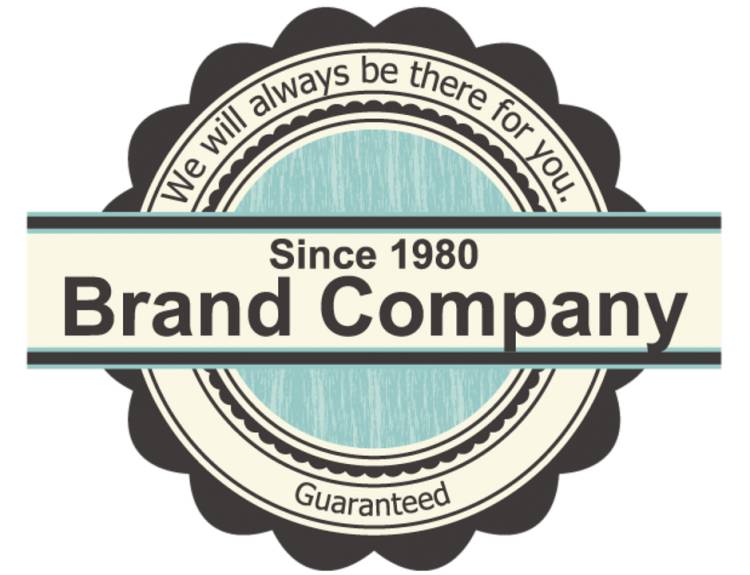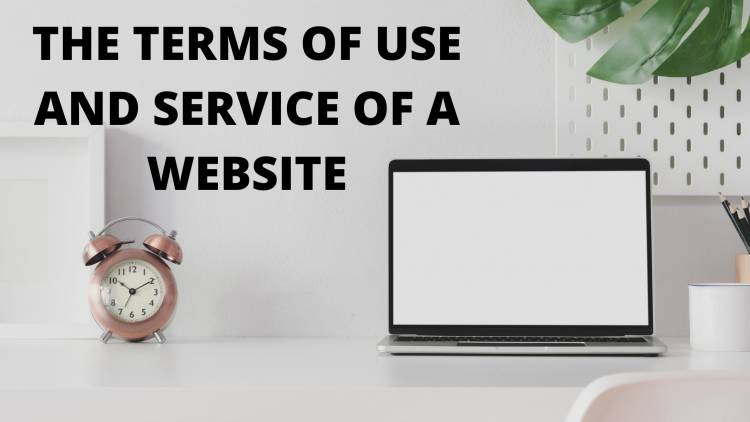Memes, Jokes, and Their Implications on Trademarks
In the digital era, memes and jokes have become powerful tools of communication, influencing public perception, brand engagement, and even legal considerations. While businesses leverage memes for marketing, the unregulated use of trademarks in memes and jokes raises legal concerns related to trademark infringement, dilution, and fair use. This article explores the intersection of humor, digital culture, and trademark law, examining how intellectual property rights apply in the context of viral content, user-generated memes, and brand-related jokes.

Introduction
Memes and jokes are integral to internet culture, offering a blend of entertainment, satire, and social commentary. Brands frequently become subjects of memes, sometimes benefiting from free publicity but also risking damage to their reputation. The legal framework surrounding memes and trademarks remains complex, as courts must balance intellectual property rights with freedom of expression, fair use, and parody laws. This article examines the impact of memes and jokes on trademarks, exploring cases where brand names and logos have been used humorously, the legal implications of such usage, and the challenges businesses face in protecting their intellectual property in an era of rapid digital dissemination.
The Role of Memes in Marketing
Memes, often humorous or satirical images, videos, or texts, spread rapidly across social media platforms. They can originate from pop culture, political events, or brand marketing efforts. Some memes parody well-known trademarks, transforming brand logos, slogans, or mascots into viral jokes. Brands have begun using memes as a marketing strategy to engage younger audiences, enhance brand relatability, and increase online visibility. Companies like Wendy’s, Netflix, and Gucci have integrated memes into their digital campaigns, recognizing their power to generate consumer engagement. This helps in connecting well with the new generation and spreading a word in a much faster manner. But, this does not always end up well and sometimes it has an opposite effect on the brand and its reputation. While memes can benefit brands through organic promotion, they can also create unintended negative consequences, including Reputational harm that is uncontrolled meme circulation may associate a brand with offensive or misleading content. Trademark dilution may occur which means excessive use of a brand name in memes causing its distinctiveness to weaken. Legal confusion may also arise as consumers may misinterpret meme-based modifications as official brand endorsements.
Trademark Infringement in Memes
Trademark infringement occurs when a meme uses a protected brand name or logo in a way that might mislead consumers or harm the brand’s reputation. Courts consider factors such as:
- Likelihood of Confusion: If a meme implies that a brand endorses or sponsors the content, it may constitute infringement.
- Commercial Use: If a meme is used for commercial gain (e.g., merchandise sales), the trademark holder has stronger grounds for legal action.
Not just memes but parodies are also very common type of satires when talking about social media humour and jokes. Parody is a deliberate exaggeration of a particular situation, concept, person etc., which is usually done for comic effect or humour. Parodies can and may target anyone including popular celebrities, movies, politicians, brands etc. This is where the fear or chance of infringement occurs. This further leads to Trademark Dilution. Trademark dilution occurs when a famous brand name or logo is used in a way that diminishes its uniqueness, even if no direct confusion occurs. Memes that repeatedly modify or parody brand elements may weaken consumer associations with the original trademark
Fair Use and Parody in Trademark Law
Fair use and parody provide legal defences for using trademarks in memes and jokes, particularly when they serve non-commercial, humorous, or satirical purposes. In a recent advertisement when Manu Bhakar won medal in shooting in the Olympics, Amul, the famous dairy brand released an ad in newspaper stating: “MANUkammna poori hui. AMUL Aim for it.” 'MANUkaamna', incorporating the name Manu, 'Aim for it' refering to Bhaker's sport of choice – shooting. This is a stellar example of a 'parody' – use of another's intellectual property (IP) – in this case the name Manu Bhaker itself - in a humorous way as part of social commentary that does not involve infringement and is included within the broader right of freedom of speech and expression.
Parody as a Legal Defence
Parody is protected under the First Amendment in the U.S. and similar laws worldwide. For parody to qualify as fair use, it must:
- Clearly differ from the original trademark’s purpose.
- Critique or comment on the brand rather than exploit it for profit.
- Not cause consumer confusion regarding the brand’s endorsement.
To know more about this you can follow the link below:
Tata Sons Limited v. Greenpeace International: This case illustrates and allows the use of parody as a defence against trademark infringement.
Transformative use, another fair use principle, protects memes that add new meaning or creative expression to an existing trademark. Courts consider whether the meme merely replicates the original or significantly alters it in a way that conveys new commentary. Brands must strike a balance between protecting their trademarks and embracing the organic nature of internet culture. Over-enforcement can backfire, leading to negative publicity and accusations of suppressing free expression. Some common approaches towards memes should be:
- Tolerating Harmless Memes: Not all meme usage requires legal action; brands benefit from allowing non-harmful, organic engagement.
- Issuing Cease and Desist Letters: When memes harm brand reputation or cause confusion, brands can request takedown notices.
- Collaborating with Meme Creators: Some brands choose to capitalize on viral content by partnering with meme creators rather than pursuing legal disputes.
Instead of fighting meme culture, brands can integrate it into their marketing efforts such as encouraging User-Generated Content which means running contests or campaigns that invite consumers to create brand-friendly memes and engaging with Viral Trends that is responding humorously to memes featuring can enhance public perception.
Nowadays, it is extremely common to see various well-known brands to engage on social media through the ways of comments and replies in order to engage with people and as a part of their marketing strategy. Users often see brands like Swiggy, Blinkit, Zomato replying to each other on various social media platforms in a humorous manner.
Conclusion
Memes and jokes represent a double-edged sword for trademarks. While they can enhance brand visibility and consumer engagement, they also pose risks of trademark dilution, infringement, and reputational harm. Legal frameworks like fair use and parody laws attempt to balance intellectual property rights with creative expression, but their application remains case-specific. In this rapidly evolving digital landscape, businesses must adopt a strategic approach—protecting their trademarks where necessary while embracing the organic power of internet culture. By engaging with memes thoughtfully and legally, brands can safeguard their trademarks without alienating consumers or stifling creativity.












